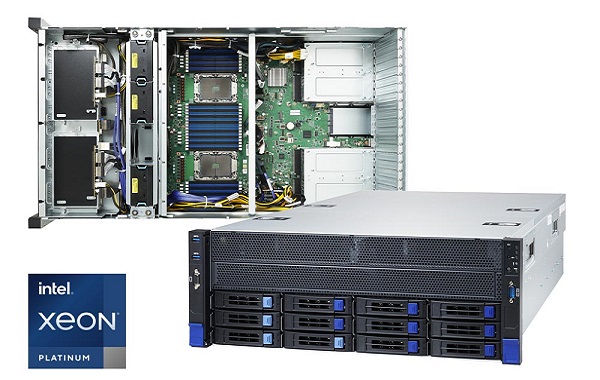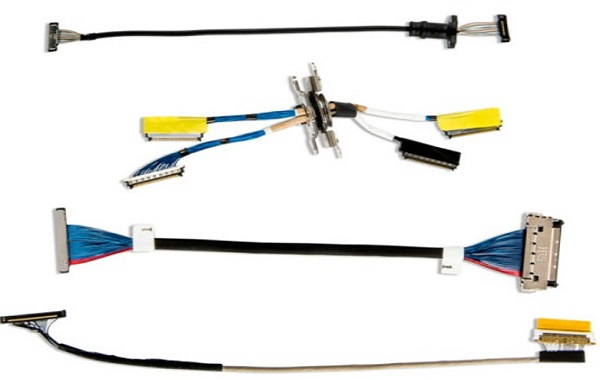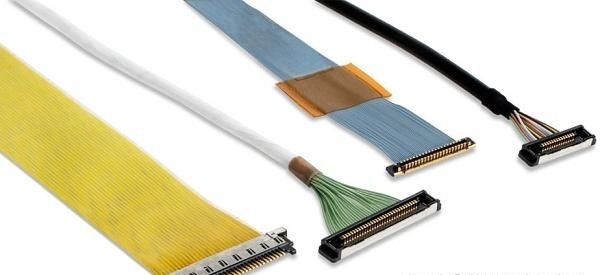Categorization:Harness Component

The key challenges of high-speed signal transmission
In AI devices, the stability of the signal chain directly affects the overall computational performance and reliability of the system. However, as the transmission rate enters the high-speed and even ultra-high-speed range, engineers need to overcome a series of challenges:
1.1 Signal waveforms are prone to distortion, and high-speed signals are extremely sensitive to the electrical uniformity of cables.
1.2 Any impedance mismatch will cause reflection, leading to a decrease in link transmission quality.
1.3 Electromagnetic interference and crosstalk are more prominent in high-density electronic systems, affecting data integrity.
1.4 AI devices are tending to become smaller, and traditional wiring harnesses are too large, which is not conducive to layout.
Temperature, humidity, and environmental factors such as mechanical bending will also affect signal stability.
These issues collectively constitute the challenges of high-speed transmission design.
The structural advantages of extremely fine coaxial cable束
The ultra-fine coaxial cable bundle consists of a central conductor, a dielectric layer, a shielding layer, and an outer sheath. It is compact in structure but powerful in performance and can effectively meet the complex demands of high-speed links:
The impedance control is precise, capable of maintaining standard impedances such as 50Ω or 75Ω, reducing reflection and distortion.
2.2 Excellent shielding performance, capable of reducing crosstalk and improving anti-interference ability.
2.3 The high-frequency characteristics are prominent, suitable for high-speed signal transmission at tens of Gbps, and meet the bandwidth requirements of AI processors and sensors.2.4 With extremely small diameter and good flexibility, it is suitable for compact layouts, mobile devices, and foldable structures.
The mechanical and electrical performance is stable, even in complex environments, and can maintain reliable output.
These features make it very suitable for high-density, high-speed, and multi-channel AI hardware design.

The application value of extremely fine coaxial beam in AI equipment
3.1 Used for high-speed visual modules, it stably transmits a large amount of data output by the image sensor to the processing unit.
3.2 Achieve high integrity connection between the chip and the high-speed transceiver in AI accelerators and computing platforms.3.3 Test and measurement equipment for the R&D phase, multi-channel high-speed links require high consistency.
3.4 Applied to drones, wearable devices, and edge AI equipment, with small size and high-speed transmission capability.Extremely thin coaxial cables are suitable for various AI system scenarios and provide a reliable and high-performance foundation for data links.

Four, key points of design and selection
In order to fully exert the performance of ultra-fine coaxial cable束, attention should be focused on the following during design and selection:
4.1 Select the appropriate cable specification according to transmission rate and distance.
4.2 Control the impedance matching of the signal chain and reasonably design the connector interface;4.3 Consider the shielding structure and the overall system's EMI layout comprehensively.
4.4 Maintain consistent cable length in multi-channel applications to avoid delay errors.
Ensure precise manufacturing processes and strict quality inspections.Only with the joint guarantee of design, materials, and technology can the ultra-thin coaxial cable bundle achieve the best high-speed transmission effect.

I amSuzhou Huichengyuan Electronic Technology Co., Ltd.Long-term focused on the design and customization of high-speed signal cables and ultra-fine coaxial cables, committed to providing customers with stable and reliable high-speed interconnect solutions. If you have any related needs or want to learn more, welcome to contact Manager Yin:18913280527 (WeChat number)。